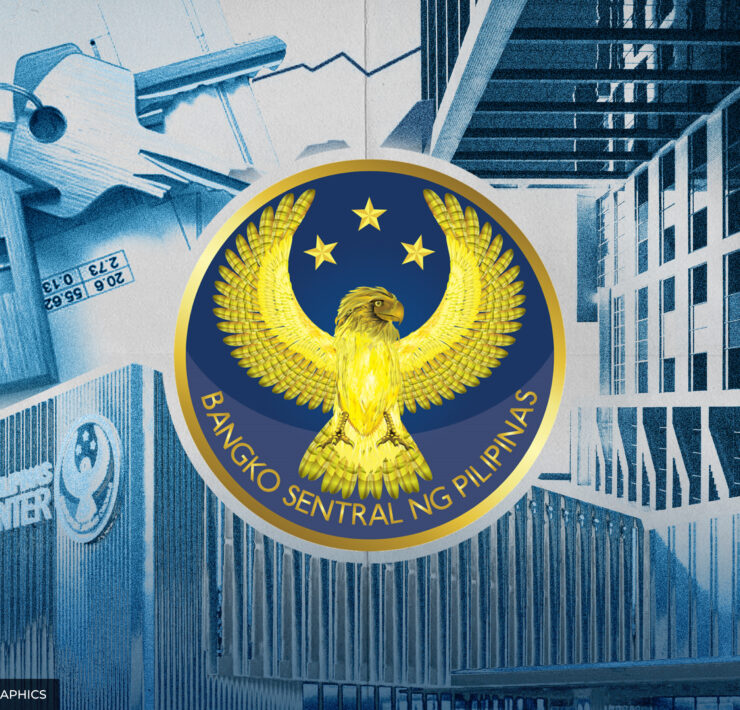More BSP rate cuts likely ahead, says fitch unit

A solid cushion of foreign reserves and an anticipated easing action by the US Federal Reserve (Fed) this month could give the Bangko Sentral ng Pilipinas (BSP) room to front-load further rate cuts, supporting growth without putting too much pressure on the peso.
In a note to clients, BMI Research, a unit of the Fitch Group, said the peso’s recent underperformance could serve as a “counterargument” to a rate cut in December. The local currency had been trading in the 58-per-dollar territory since late September amid a widening corruption probe that has raised concerns about political stability.
Even so, BMI said the central bank’s sizable buffer of gross international reserves—which climbed to an 11-month high of $108.8 billion in September—should allow it to defend the local currency against excessive weakness.
BMI added that it does not expect significant selling pressure even if the BSP trims its key policy rate by another quarter point at its final meeting of the year, given expectations that the Fed will also ease later this month. That move, the firm said, should help keep local yields competitive and attractive to foreign investors.
Business confidence
“That means the policy rate differential between the US and Philippines will widen back to 75 bps (basis points) for a couple of months before narrowing back to the current 50 bps in December,” the research firm said.
At its meeting last week, the Monetary Board voted to cut the benchmark interest rate that banks use as a price when pricing loans by 0.25 percentage point to 4.75 percent, citing the need to shore up business confidence bruised by a deepening investigation into dubious infrastructure projects.
That same scandal, the BSP warned, could hurt government spending, adding risks to growth.
The move caught many by surprise: only six of 16 economists surveyed by the Inquirer had seen the reduction coming. Governor Eli Remolona Jr. said the “sweet spot” for the policy rate was now between 4 and 5 percent, adding that the central bank still had room to ease further—possibly as soon as December.
BMI said a potential December cut could be followed by additional reductions totaling 50 bps in 2026, bringing the policy rate to 4 percent. It expects the economy to expand by 5.2 percent next year, below the Marcos administration’s 6- to 7-percent target and slower than the prepandemic trend.
“For one, the US-Philippines trade deal, which leaves 19 percent tariffs on Philippine goods in exchange for none on American ones, will weigh on the trade balance in 2026. For another, business confidence is likely to remain weak amid graft concerns and unpredictable US trade policy,” it said.
“We therefore expect the BSP to ease at a more measured pace while allowing more time for the easing thus far to feed through,” it added.





















